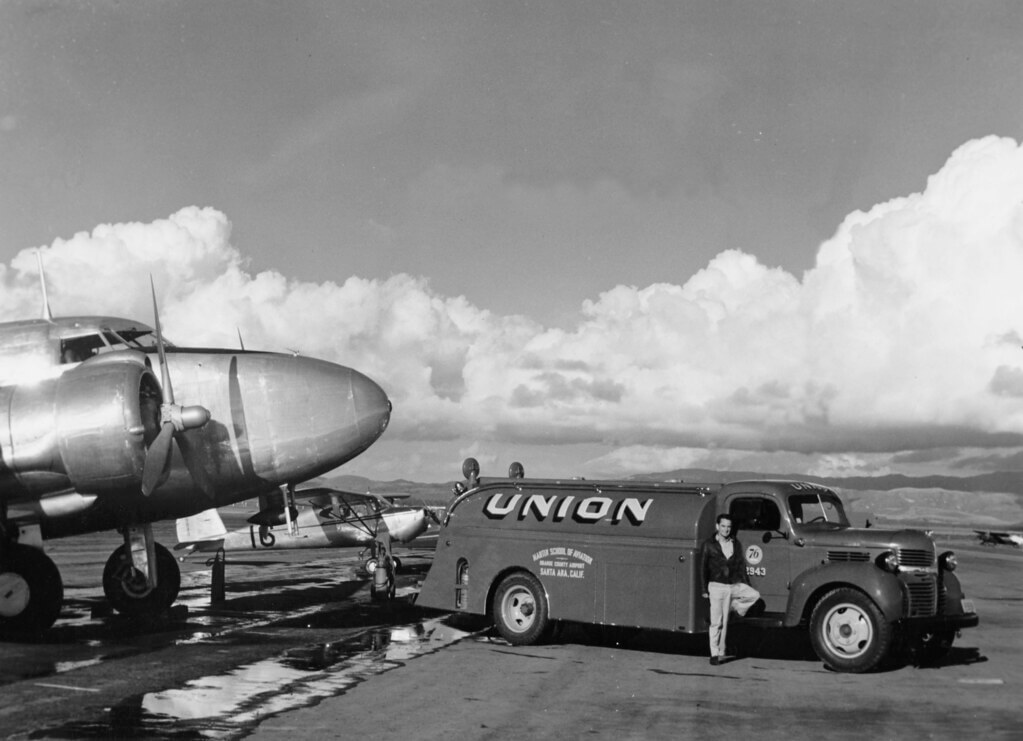As aviators, we don’t just take to the skies; we’re responsible stewards of the environment. It’s our shared ambition, our collective spirit, that brings the aviation community together, forging ahead on a groundbreaking path to transition to unleaded avgas. The dial of urgency accelerates each passing moment, fueled by our dedication to advancing aviation and preserving our planet. avgas
The General Aviation Manufacturers Association spotlighted the EAGLE initiative (Eliminate Aviation Gasoline Lead Emissions). The vision? To phase out leaded fuel and usher in a safer, more eco-friendly alternative by 2030, all while ensuring the sky remains the epitome of safety for all aviators. Let’s not forget the Environmental Protection Agency’s.
Soaring Toward Approval
Four prospective fuels are currently in the wings, navigating distinct routes to final approval.
One path follows the FAA’s enduring Piston Aviation Fuel Initiative (PAFI). Supported by the American Society of Testing and Materials (ASTM), this pathway has previously seen Swift Fuels’ UL94 unleaded avgas make a triumphant entrance in 2015, with its widespread adoption by 2021. Currently, the spotlight is on 100-octane fuels from both Afton Chemical/Phillips 66 and Lyondell/VP Racing.
“Completion of the ASTM process equips us with a product that promises both high performance and peace of mind,” stated Peter Bunce, CEO of GAMA.
A parallel journey involves the supplemental type certificate (STC) process. Both Swift Fuels’ 100R and GAMI’s G100UL are steering through this particular route. While GAMI has already secured FAA STC approval for its fuel, its wider release is slated for 2024, with flight schools in line as early adopters.

The Measure of Octane and Beyond
Fuel doesn’t just power our flights; it’s the lifeblood of countless missions, from delivering essentials to remote regions to safeguarding our borders. However, it’s essential to view octane as a starting point and not the endgame.
Shannon Massey of Lycoming emphasized, “Our quest for unleaded fuels goes beyond mere octane numbers. We need transparency, thorough testing, and comprehensive understanding.”
The dialogue around unleaded avgas extends to potential toxicity and material compatibility, ensuring that we aren’t exchanging one environmental concern for another. Additionally, as we explore this new frontier, factors like fuel stability, vaporization, density, fuel controls, and repeatability remain paramount.
Charting the Course Forward
Our Fixed Base Operators (FBOs) are poised to embrace the change, eagerly awaiting the unleaded avgas that aligns with our shared vision. As Curt Castagna of NATA encapsulated, “We’re united in our mission to eliminate lead. It’s the roadmap to getting there that’s crucial.”
Even with potential regulatory milestones

Martin Aviation fuel truck, Orange County Airport, 1950s
approaching, the aviation community remains steadfast. “Regulations won’t halt 100LL sales overnight, but they intensify our collective commitment,” Bunce shared. “Our focus is on a systematic and transparent transition, ensuring our skies remain open, vibrant, and lead-free.”
At E3 Aviation, we invite you to be part of this incredible journey. As we elevate our passions and aspirations, together we’re sculpting a cleaner, brighter future for aviation and our world. Join our community, be part of the solution, and let’s shape the future, wingtip to wingtip.
- Unleaded Avgas
- EAGLE Initiative
- Piston Aviation Fuel Initiative (PAFI)
- FAA STC approval
- ASTM standard.
Check out more here: https://www.faa.gov/unleaded

